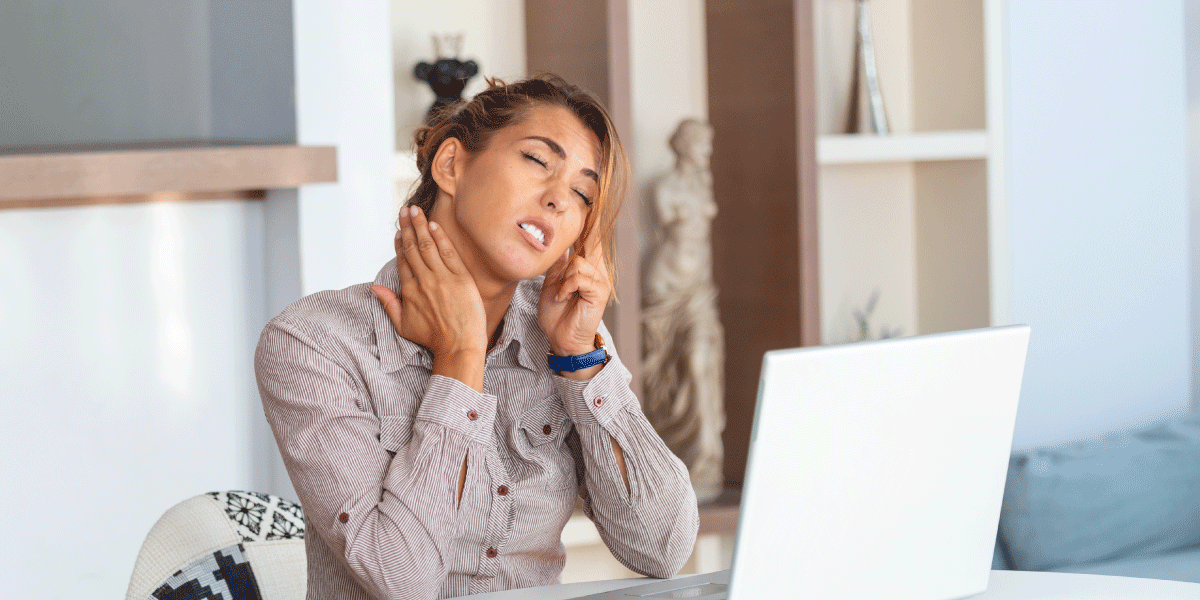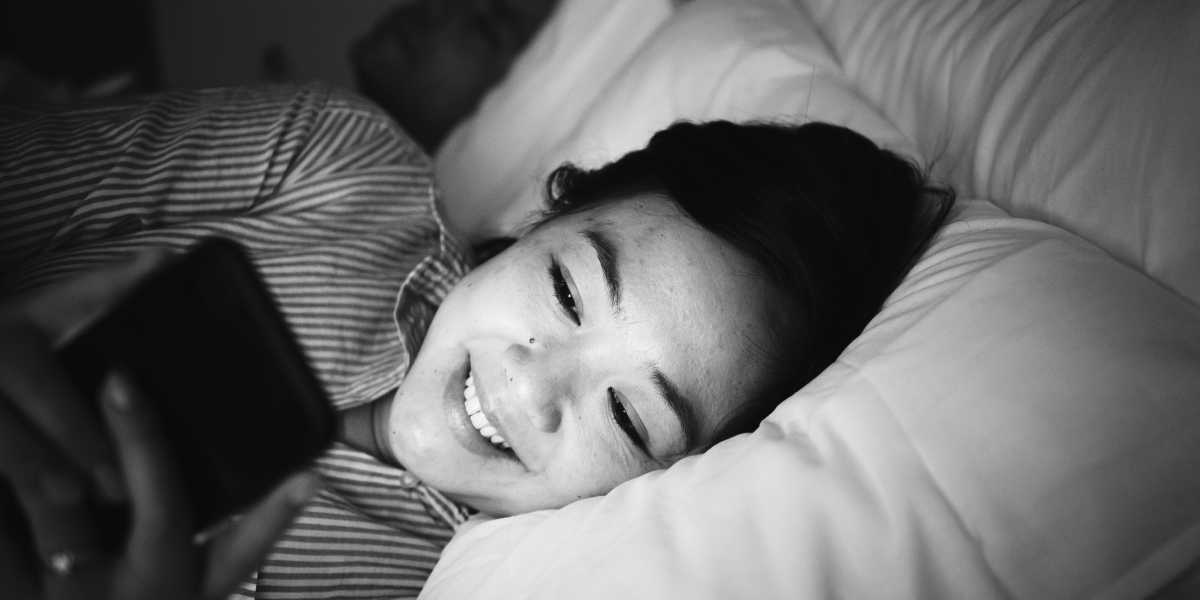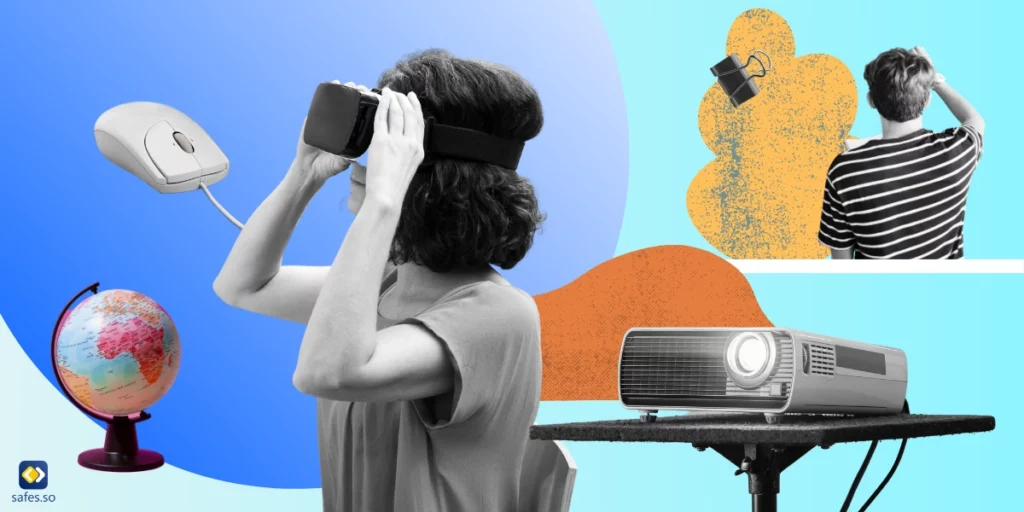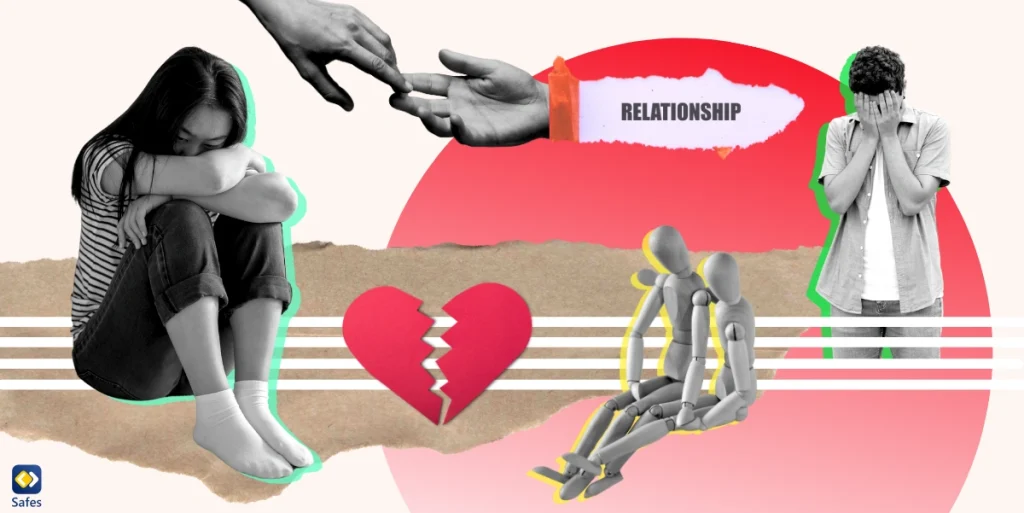Every time I have a headache or pain in my abdomen, or any other physical symptom, my mother tells me it’s because of those screens I’m constantly looking at. She’s referring to my phone, my laptop, my tablet, and the television. Although sometimes she’s exaggerating (I’m almost sure that if I get diagnosed with cancer, she’ll think it’s from “those screens”), she’s right about one thing. Social media can harm one’s health, both mentally and physically. Here we’ll take a look at the negative effects of social media on physical health.
Download and Start Your Free Trial of the Safes Parental Control App
How Can Social Media Affect Physical Health?
Social media can affect one’s physical health in a number of ways. The two main ways people are affected are through:
- Lifestyle Advice
- Screen Time
The negative effects of too much screen time aren’t exclusive to social media. They’re really about looking at a screen for too long. But social media, with its addictive loop, can suck you in and glue you to your screen.
The lifestyle advice mostly comes from influencers. People who mostly don’t have the expertise and sometimes make controversial claims. Such as when influencers prescribe a certain diet to their followers when in reality it can damage those who try it.
Social Media’s Negative Effects on Physical Health
The negative effects of excessive use of social media on physical health can be categorized to be understood easily. Here are the most important ones you need to know about.
Too Much Screen Time
Too much screen time can lead to:
- Eyestrain
- Back pain
- Neck pain
- Headaches
Looking at a screen for too long can easily cause digital eye strain. This is because your eyes are focused on one point, don’t move, and don’t blink for longer than normal.
Usually, to change what you see you have to move your head and eyes, but with a screen, you just scroll. This leads to neck and back pains because of poor posture. Eyestrain, neck, and back pains, together, easily cause headaches after using social media for too long.

Sleep Problems
Some of us tell ourselves that we don’t use social media that much. Instead, we just check our accounts for half an hour to an hour before going to sleep. In fact, 90% of Americans use an electronic device within an hour of going to sleep. But artificial light makes us alert. The side effects of using social media before sleeping include:
- Insomnia
- Low-quality sleep
- Sleep disturbance
Each of these side effects can lead to mental health issues such as anxiety, mood disorders, and memory problems.
Weight Issues
Not all those who use social media are obese. But there’s a relationship between social media and weight gain and similar issues according to some studies. There are two main reasons for this:
- Decrease in physical activity: Most of us don’t use social media platforms while we’re moving. In fact, we sit down and stay sitting down for hours. This is just one example of the physical effects of social media addiction.
- Lifestyle influence: Many accounts on social media platforms, including influencers, advertise certain diets to get thinner or show images of delicious foods.
The lifestyle we choose to emulate based on our experiences on social media platforms can easily go sideways. Because many of those who talk about certain diets on these platforms don’t have the expertise (even if we give them the benefit of the doubt that they’re not lying).
Also, the “ideal” body image that social media depicts has negative effects on the mental health of people of all genders, races, and colors, each to a certain degree.
Tips to Prevent the Negative Effects of Social Media on Physical Health
We can’t get rid of social media, but we can learn to use it properly. Here are a few tips that can help you prevent social media’s negative effects on your physical health.
Manage Screen Time
Decreasing the amount of time you use social media might be the most obvious tip to give. But we all know that’s easier said than done. The next best tip is to manage your screen time. This can mean one of two things. Either,
- Set screen time limits for social media apps
Or
- Set a schedule for when you can use social media apps
If you’re trying to prevent the negative effects of social media on your child, your job might be a bit more difficult. To make parenting easier, you can install a parental control app. Such apps can enable you to prevent your child from spending more time on social media from wherever you are. Making a schedule can easily stop your child from using social media before bed.

Change Your Habits
The habit of crouching while using a laptop or a phone is a bad one. But to replace this habit with the habit of sitting up or standing up straight, you have to realize where the problem lies. Sometimes, it’s how you’re using your device. If you check your social media on your laptop, check the height of your chair, the desk you put your laptop on, and your armrests. Sometimes, having a sheer will isn’t enough.
Also, keep the 20/20/20 rule in mind; every 20 minutes of looking at a screen, look at something 20 feet away for 20 seconds. It’s hard to remember at first, so use a timer for the first few times until you get used to it.
Exercising does wonders according to the CDC. It shouldn’t surprise anyone that its benefits can counter the negative effects of social media as well. Exercise can help with obesity issues, as well as problems with posture that can cause pains in the neck and back.
How Can I Prevent the Negative Effects of Social Media on My Child’s Health?
Parenting in the digital age has become harder as children can easily escape your shadow through their phones. Social media poses a lot of challenges and dangers for children. This makes the use of parental control apps all the more necessary. In the case of the negative impacts of social media on physical health, the Safes app has features that can help a lot. Some of these features include:
- Being able to limit your child’s screen time and prevent addiction to social media
- Setting a schedule for your child’s weekdays and weekends
- Preventing your child from using their social media apps when its bed time
- Enabling you to instantly block all apps on your child’s phone
Our Parental Control App offers the perfect balance of security and freedom, allowing your child to explore the digital world safely. Customize filters, set time limits, and monitor activities with ease. Start your free trial now and take the first step towards a secure and balanced digital environment for your family.
Frequently Asked Questions
We’ve compiled a list of questions and answers to help provide more information on the topic we discussed. If you have any more questions, please don’t hesitate to contact us. We’d be happy to help!
Why does blue light affect our sleep?
Most of the light that we get from the sun is made up of blue light. Incidentally, the screens that we use on our phones and tablets emit blue light. When we’re exposed to blue light, we become more alert which isn’t what’s supposed to happen at night when we’re about to sleep. That’s why blue light affects our sleep quality.
How can social media advertisements affect my physical health?
Social media advertisements can give people a false “ideal” body image. Also, studies have shown a link between social media, obesity, and sleep disturbances. All of these are physical symptoms of using social media for too long. Staring too long at a screen can also lead to eyestrain and headaches.
How can I fix my posture when using social media?
First of all, try to think about whether the position you’re in is the best position available to you. Try not to keep your head down, instead bring the phone up to eye level as much as possible. If you’re using a laptop, check the height of your chair and your desk and make sure they match. All in all, making a habit of it needs practice, especially if you’re used to poor posture.
Your Child’s Online Safety Starts Here
Every parent today needs a solution to manage screen time and keep their child safe online.
Without the right tools, digital risks and excessive screen time can impact children's well-being. Safes helps parents set healthy boundaries, monitor activity, and protect kids from online dangers—all with an easy-to-use app.
Take control of your child’s digital world. Learn more about Safes or download the app to start your free trial today!




